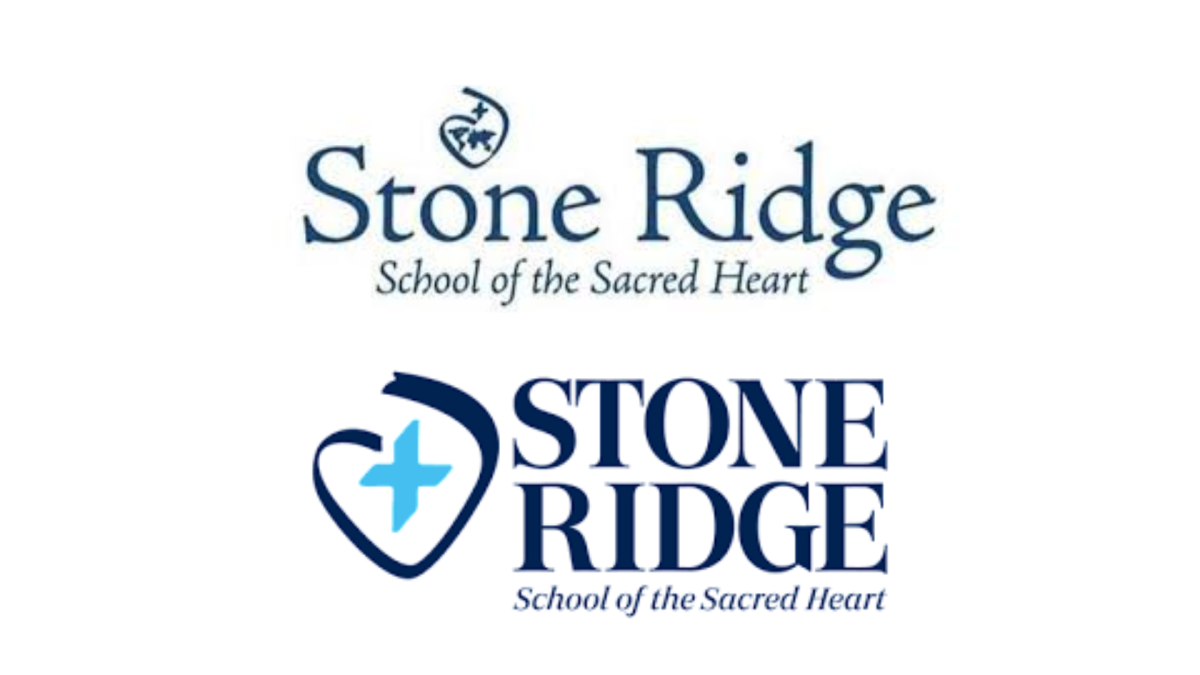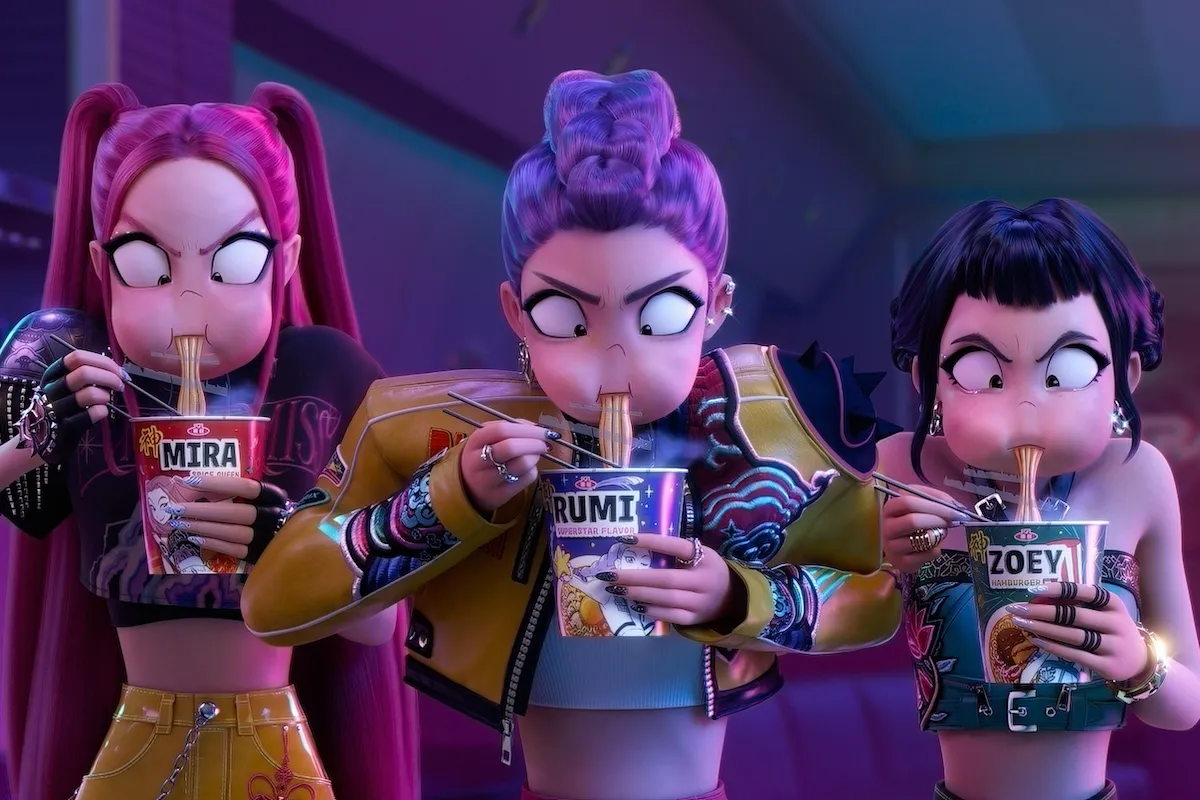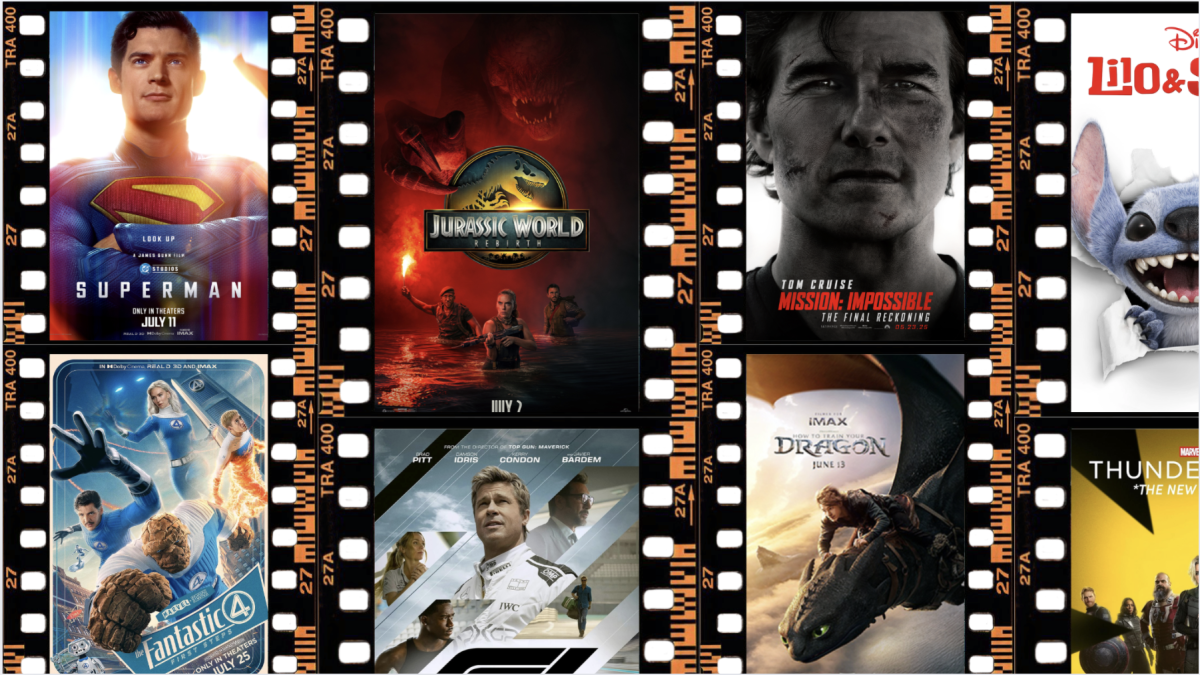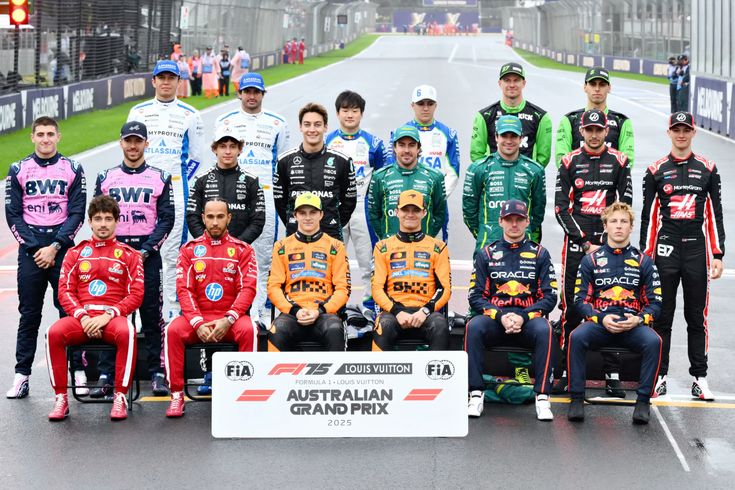According to The New York Times, North America had its worst box office summer “since 1981,” not counting the years under the pandemic.
Marina Romero, a junior at Stone Ridge who has long been passionate about film, believes “film is a way to change minds, [and] express opinions. Film is a really powerful tool that you can do great things with.”
However, this summer highlighted the tension around whether films made from recycled IP serve any purpose towards providing art for people to consume. In the film industry, intellectual property (IP), applies to the pre-existing work that producers want to adapt. For example, “Spider-Man is based on the comic book IP” (ScreenCraft). Having a lot of IP provides producers with material to go back to, rather than finding interest in something completely new and fresh. With dependence on recycled IP, originality begins to suffer, and then “there’s nothing fresh, nothing exciting about the industry. Nothing new will kill the industry. Originality is what can really revive the film industry,” said Romero.
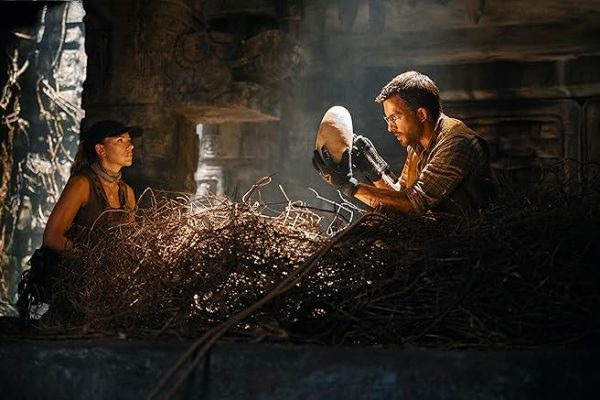
The film industry has become known for more and more recycled IP over the years, which begs the question as to whether the creative risks that exist are really “creative” or even “risks” anymore. So many works stem from some seed of an original idea, similar to how sequels take inspiration from the first film, and novels and comics provide ideas for movies. Seeing professionals in the film industry shrink away from bold, new ideas projects a muddled message about what kinds of art constitute success, and the ways the conditions around success change.
It’s interesting when producers can bring fresh takes when revamping an original idea. Yet there is the underlying question of whether the impact of a revamp is enough to resonate with the audience, or if it’ll just fizzle out because the concept relied too heavily on a big budget and big names. Many directors seem to be filming their major movies to capitalize on a sense of nostalgia, which definitely brings in some profit, but not necessarily satisfaction. Based on the 2025 summer box office numbers, it seems people are losing interest.
The top five movies for the North American box office this summer, from least to greatest grossing, were the live action How To Train Your Dragon; The Fantastic Four: First Steps; Jurassic World: Rebirth; Superman; and the live-action Lilo & Stitch. Along with these, there were at least 10 other films released this summer that were remakes and sequels of older movies. While trilogies seem to be a perfect way to cap off a series, Mission Impossible: The Final Reckoning is the eighth film in the Mission Impossible franchise, Jurassic World: Rebirth is the eighth film in the Jurassic Park franchise, and some consider Superman (2025) to be the eighth live-action film in the Superman franchise.

Especially in the past few years, coming out of the pandemic, the incentive to go to an actual movie theater has plummeted, which helps feed in to the culture of remakes and sequels. A tactic directors look at to bring in profit and an audience is by bringing back stories adjacent to the movies people hold close to their hearts. For this summer, however, as The New York Times illustrates, a majority of these remakes fell short of their predecessors. With such films not doing well enough to attract people after the first few weeks, there is then even less motivation to go to a movie theater at all, especially if the expensive big-name movies aren’t resonating with enough of an audience.
This is a reminder of how much a sense of purpose is needed in film, which Romero also emphasized.
“A film that serves …it’s purpose brings something not necessarily new, but it has … an effect on the viewer. A lot of my favorite films are these tiny budget indie films that have a lot of heart and soul put into them. They can bring something very new” said Romero.
It is important to note that there is no drought of creative and indie films in the film industry. The issue lies in how to strike a balance among creating, purpose, and marketing, especially since remakes and sequels continue to be churned out. Often, these recognizable names overshadow smaller, independent films that are trying to get themselves out there. The Oscars seem to be more aware of this issue, since more indie films were honored during the 2025 Academy Awards. Examples include the Latvian animated film Flow, which won for Animated Feature, and Anora, a low-budget indie film, which notably won for Best Picture, among four other awards.

All works of creation are tied to a purpose, and independent films are a key part of pushing the boundaries of art, providing unique perspectives that really stick with the audience. Ultimately, there has to be intention, love, and meaning behind what someone produces because that’s what is amazing about the ability to create.
It happens all the time, but sequels and remakes eventually get old and reach a limit. It’s okay to find new characters and stories to tell, even when knowing that people have their favorite movies to go back to. Everyone should keep their minds open, and look for what stories are out there, old and new. Countless films are still being made, and nostalgia alone isn’t enough to keep us watching.

